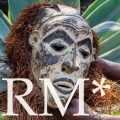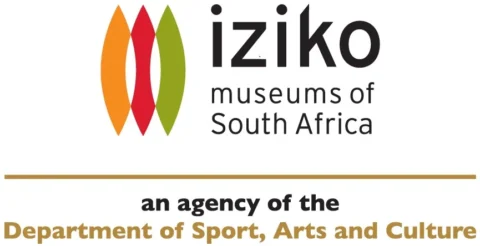Amélie Roussilon writes:
These collections were acquired between 1955 and 1987, mostly at the turn of Papua New Guinea Independence in 1975.
The research interrogates why and how museum institutions have collected very large quantities of material from the Abelam region, especially haus tambaran painted and carved contents and initiation-related material, and what processes contributed to transforming these artefacts into museum objects.
It re-collects the multiplicity of human and non-human actors who contributed to the formation of these collections, taking into consideration their interacting agency and focusing not only on the collected objects but also on the accumulated archival documentation.
In doing so, it contributes to creating a fresh perspective on the history of these collections-as-assemblages and on the collecting practices in the Abelam region during the second half of the 20th century.
Rather than studying each assemblage independently, it proposes to question their emergence and trajectories in relation to one another, highlighting how collecting endeavours have informed each other and contributed to shaping a certain representation of Abelam (material) culture.


